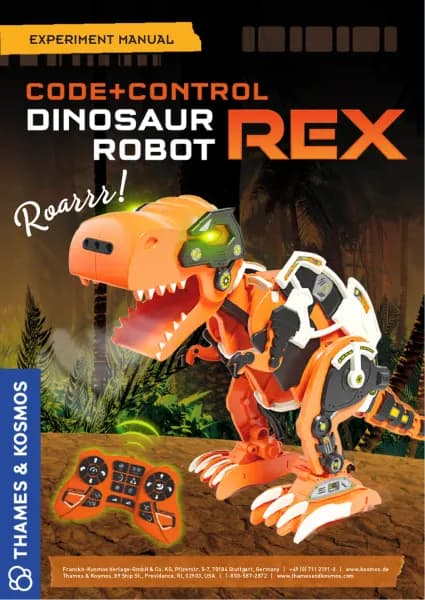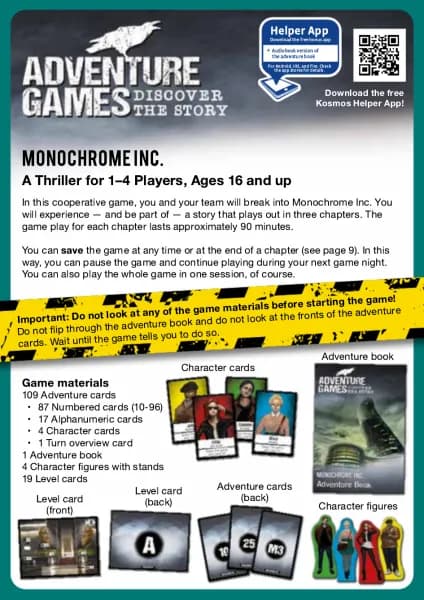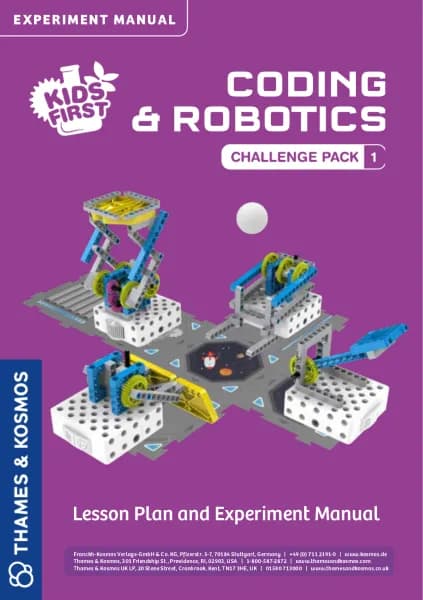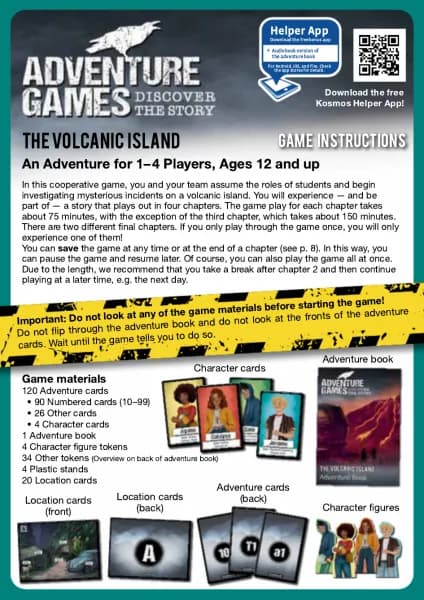Thames & Kosmos Kids First: Biology Lab (V 2.0) handleiding
Handleiding
Je bekijkt pagina 17 van 36
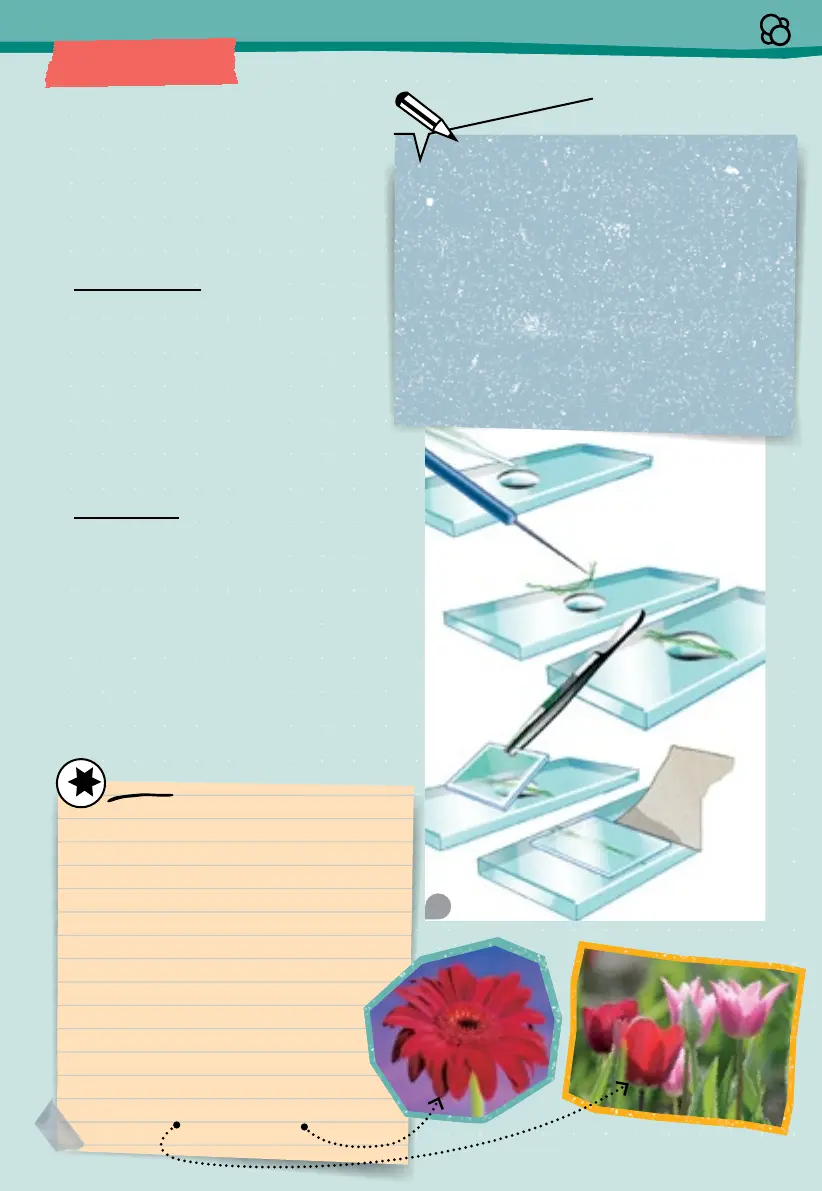
15
Plant Cells
Waterweed
chloroplasts
You will need
– Slide
– Cover slip
– Pipette
– Tweezers
– Blotting paper or paper towels
– Waterweed leaf
– Water
Here’s how
1. Prepare the slide as already described in the
onion skin experiment (Experiment 3).
2. Use the tweezers to place the leaf in the water
droplet, and cover everything with a cover slip.
3. Clip the slide onto the stage and observe the
waterweed leaf under the microscope. Make
sure to start at the lowest magnification.
1
EXPERIMENT
4
T
Most leaves consist of several layers of cells.
That is why you first have to cut these
specimens in order to get a layer thin enough
for the light of the microscope to pass through.
Before practicing your cutting technique in the
next chapter, try finding other types of
plants with similarly simple tissue
structures. Moss leaves are ideal for
this. Try peeling off thin layers from
the surface of other plant leaves, such
as cabbage or lettuce leaves (close to
the stalk); or from the stems of cut
flowers (e.g., tulips, gerber daisies); or the
skin of a tomato.
The chloroplasts get their green color from a plant
pigment inside them called chlorophyll. This also
enables the chloroplasts to perform photosynthesis, a
biological process in which sugar and starch are
produced with the help of water and sunlight. You can
see individual chloroplasts inside the plant cells under
your microscope. Due to the bright LED light in the
microscope, the chloroplasts are in constant motion.
K
e
y
wo
r
Bekijk gratis de handleiding van Thames & Kosmos Kids First: Biology Lab (V 2.0), stel vragen en lees de antwoorden op veelvoorkomende problemen, of gebruik onze assistent om sneller informatie in de handleiding te vinden of uitleg te krijgen over specifieke functies.
Productinformatie
| Merk | Thames & Kosmos |
| Model | Kids First: Biology Lab (V 2.0) |
| Categorie | Niet gecategoriseerd |
| Taal | Nederlands |
| Grootte | 24679 MB |




